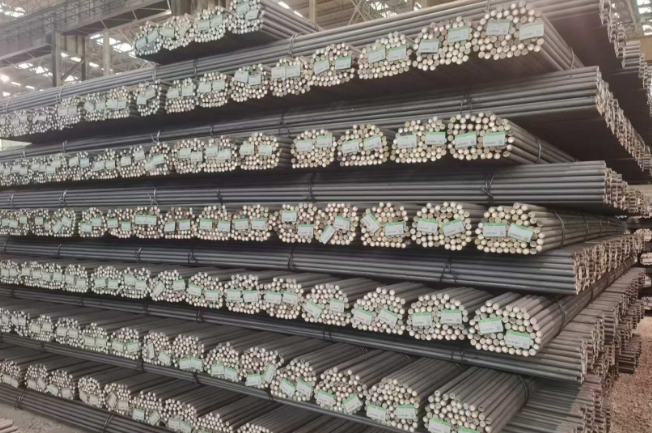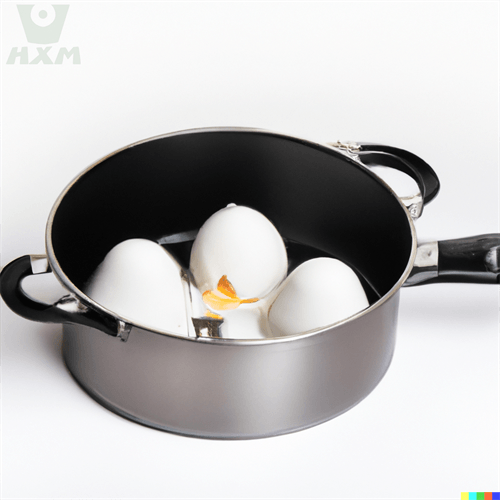Hot rolling and cold rolling, as two common processing methods in the production of carbon steel products, each possess unique characteristics that significantly impact the microstructure and properties of the steel. The primary distinctions between them are manifested in aspects such as production processes, surface quality, mechanical properties, and areas of application. In this article, we will take a closer look at the differences between hot-rolled carbon steel and cold-rolled carbon steel.

4 Differences between Hot-rolled Carbon Steel and Cold-rolled Carbon Steel:
Firstly, regarding production processes. Hot-rolled carbon steel involves heating steel billets to over 1200°C before continuously rolling them into shape. This process minimizes or eliminates casting defects, transforming the as-cast microstructure into a deformed one, thereby enhancing the steel’s workability. In contrast, cold-rolled carbon steel undergoes rolling through rollers at ambient temperature to achieve the desired thickness. Compared to hot rolling, cold rolling is less efficient and requires annealing to eliminate work hardening, resulting in relatively higher costs.
Secondly, surface quality differs significantly. The distinct production processes lead to varying surface qualities. Generally, hot-rolled carbon steel exhibits a relatively rough surface, potentially plagued by issues like oxide scale and rust, making it susceptible to corrosion and rusting during use. Conversely, cold-rolled carbon steel boasts a smoother and flatter surface with superior quality and finish due to the cold rolling process.
Furthermore, notable differences exist in mechanical properties. Hot-rolled carbon steel, being plastically deformed at elevated temperatures, undergoes rearrangement of its internal crystal structure, conferring high hardness, ductility, and plasticity. Conversely, while cold-rolled steel exhibits slightly better surface quality, it lags behind in mechanical properties like strength, hardness, and toughness due to its plastic deformation at room temperature.
Additionally, application areas differ markedly. The distinct production processes, surface qualities, and mechanical properties of these steels translate into varying areas of application. Hot-rolled carbon steel, renowned for its strength, toughness, ease of forming, and excellent weldability, finds wide applications in sectors like shipping, automobiles, and bridges. Cold-rolled carbon steel, with its inferior toughness and weldability prone to brittleness, has a narrower range of applications, primarily in electrical appliances, containers, and chassis components.
Conclusion
In conclusion, both hot-rolled and cold-rolled carbon steel play pivotal roles in modern industrial production. However, their differences in production processes, surface qualities, and mechanical properties lead to varying areas of application. Therefore, in practical applications, a comprehensive consideration of specific working conditions, mechanical properties, and usage environments is crucial in deciding between hot-rolled and cold-rolled carbon steel.
Why Choose Huaxiao Alloy?
Thank you for reading our article and we hope it can help you to have a better understanding of the differences between hot-rolled carbon steel and cold-rolled carbon steel. If you are looking for suppliers and manufacturers of carbon steel, we would advise you to visit Huaxia Steel.
As a leading supplier of carbon steel, Huaxia Steel offers customers high-quality carbon steel, alloy steel, and tool steel at a very competitive price.








